The Swiss Ball Hamstring Curl is an excellent exercise to strengthen and tone the hamstrings, glutes, and core muscles. This move utilizes a stability ball (also known as an exercise ball, fitness ball, or gym ball) to engage the muscles in a dynamic and effective way. Whether you're a fitness enthusiast or a professional trainer, the hamstring curl with exercise ball is an excellent addition to any workout routine. In this article, we will explore the benefits, technique, and muscles worked by the exercise ball hamstring curl.
What is the Swiss Ball Hamstring Curl?
The Swiss Ball Hamstring Curl, also referred to as the ball hamstring curl, physioball leg curl, or simply hamstring curl with stability ball, is a lower-body exercise that targets the hamstrings. It also activates the glutes, calves, and core stabilizing muscles. The exercise is performed by lying on your back with your heels placed on top of an exercise ball or stability ball. By curling your legs towards your body, you engage the hamstrings, strengthening them through a full range of motion.
Benefits of the Hamstring Curl on Swiss Ball
-
Improved Hamstring Strength and Flexibility: The stability ball hamstring curl is effective for increasing the strength and flexibility of the hamstrings. It helps activate the posterior chain muscles, reducing the risk of injury.
-
Core Activation: The stability ball leg curl requires balance and coordination, leading to significant activation of the core muscles. Engaging your abs and lower back helps improve stability and posture.
-
Low Impact: Unlike many traditional hamstring exercises such as leg curls on machines, the ball leg curl provides a low-impact alternative, making it ideal for those with joint pain or beginners looking for a gentler approach.
-
Increased Range of Motion: When performing the hamstring curl on ball, the movement challenges the muscles through a greater range of motion compared to a machine-based leg curl, resulting in improved muscle development.
Proper Technique for the Stability Ball Hamstring Curl
To perform the hamstring curl on Swiss ball correctly, follow these steps:
-
Start Position:
- Begin by lying on your back on the floor or mat.
- Place your heels on top of the exercise ball or yoga ball with your legs extended straight out.
- Keep your arms at your sides for balance.
-
Curling the Ball:
- Engage your core and press your heels into the ball.
- Slowly curl the fitness ball hamstring curl by bending your knees and rolling the ball toward your glutes. Keep your hips lifted in the air throughout the movement.
- Make sure your knees don't extend past your toes and that your feet remain flat on the ball.
-
Return to Start:
- Once your legs are fully curled in, slowly extend your legs back to the starting position, maintaining control of the ball throughout the movement.
-
Repeat:
- Perform 10-15 repetitions, focusing on maintaining stability and control during each rep.
Muscles Worked by the Swiss Ball Curl
The swiss ball leg curl primarily targets the hamstrings, but it also works several other muscles:
-
Hamstrings: The main target muscle group, the hamstrings are responsible for flexing the knee and extending the hip. The ball hamstring curl effectively isolates and strengthens these muscles.
-
Glutes: As you lift your hips to maintain stability, the gluteal muscles are activated to help stabilize the pelvis and maintain proper posture.
-
Core: Both the stability ball hamstring curl and the hamstring ball curls engage the core muscles, including the abs and lower back. This helps to improve overall balance and stability.
-
Calves: The calf muscles are engaged to stabilize the ankle joint, particularly when the ball is being curled in and out.
Variations of the Hamstring Curl on Stability Ball
-
BOSU Ball Hamstring Curl: For added instability, try performing the BOSU ball hamstring curl. The BOSU ball challenges balance and engages additional stabilizer muscles.
-
Ball Hip Up with Leg Curl: Add a hip raise to the leg curl on stability ball to intensify the exercise. By lifting your hips as you curl the ball, you add more glute and core activation.
-
Yoga Ball Leg Curl: The yoga ball hamstring curl is similar to the standard stability ball version but can be more accessible for beginners. Its larger size may offer additional stability.
-
SB Hamstring Curl (Swiss Ball): This variation can be done with your feet placed higher on the ball for more challenging hamstring engagement.
Tips for Maximizing Your Hamstring Curls with Swiss Ball
-
Control Your Movement: Avoid rushing through the exercise. Control the speed of the stability ball curl, making sure to engage your muscles throughout the movement.
-
Focus on Proper Form: Maintain a neutral spine and ensure that your hips are elevated during the hamstring curls with Swiss ball. Avoid letting your lower back sag.
-
Incorporate into a Full Routine: The exercise ball leg curl is great for strengthening the posterior chain. Pair it with squats, lunges, or deadlifts to create a balanced leg workout.
-
Progress Gradually: If you're new to the exercise ball curls, start with fewer reps and work up to more challenging sets. This will help you build strength and confidence before progressing to more advanced variations.
Conclusion
The Swiss ball hamstring curl is an incredibly effective and versatile exercise that can be easily incorporated into your workout routine. Whether you're a beginner or an experienced athlete, the hamstring curl with exercise ball will help you build strong, toned hamstrings while improving balance and stability. By understanding the proper technique and incorporating variations like the physioball hamstring curl or ball hamstring curl, you can maximize your results and prevent injury. Start adding the stability ball hamstring curl to your leg workouts today and enjoy its numerous benefits!


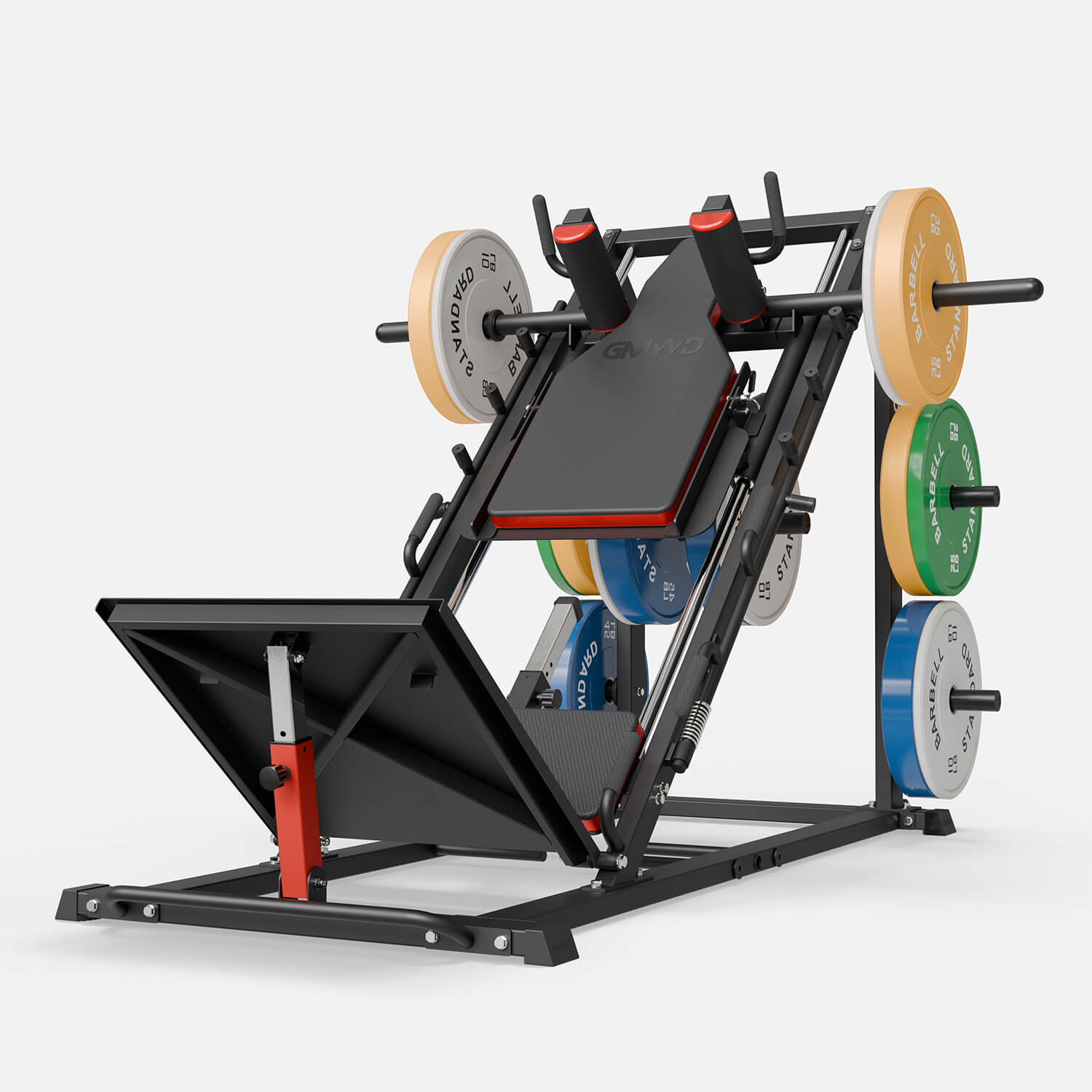
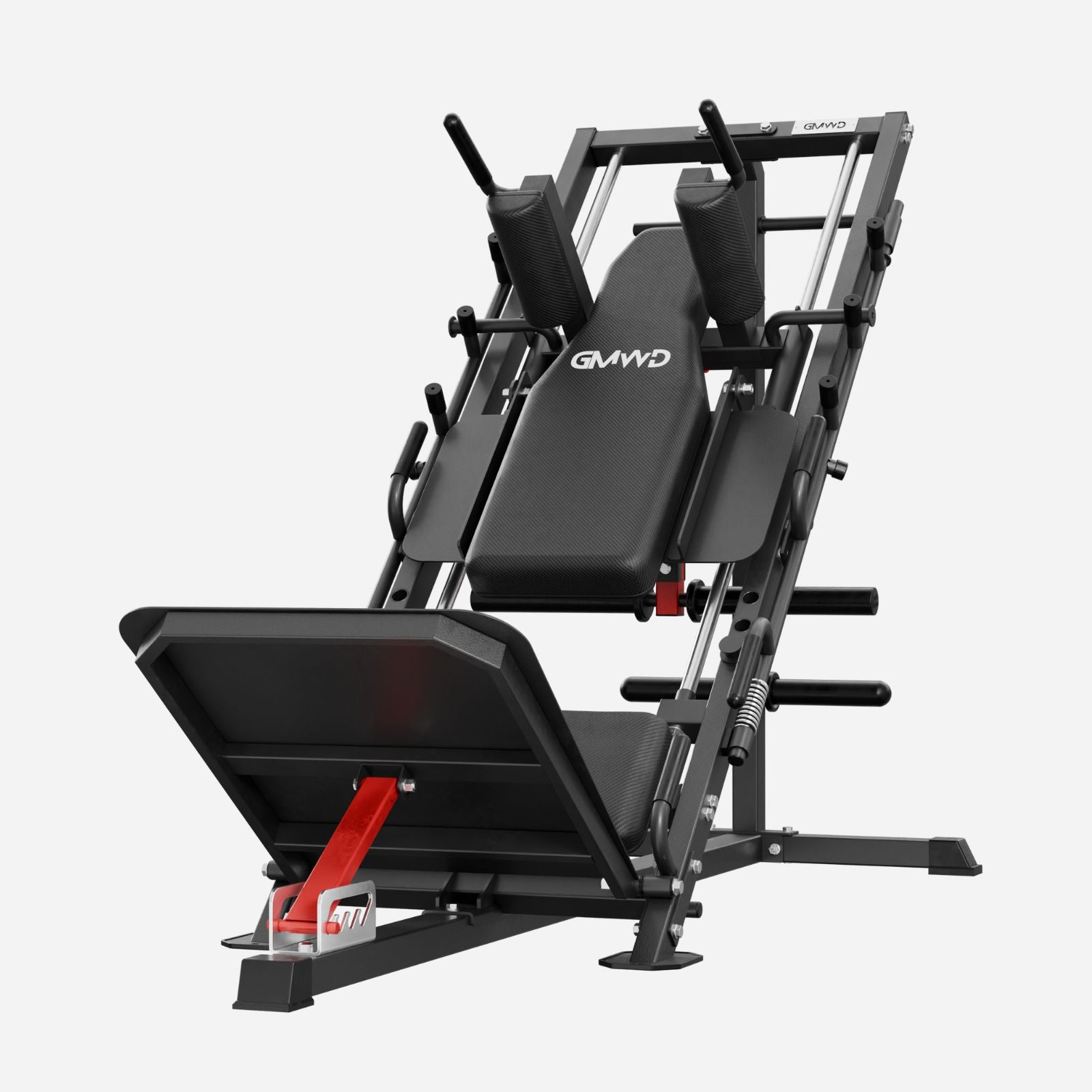

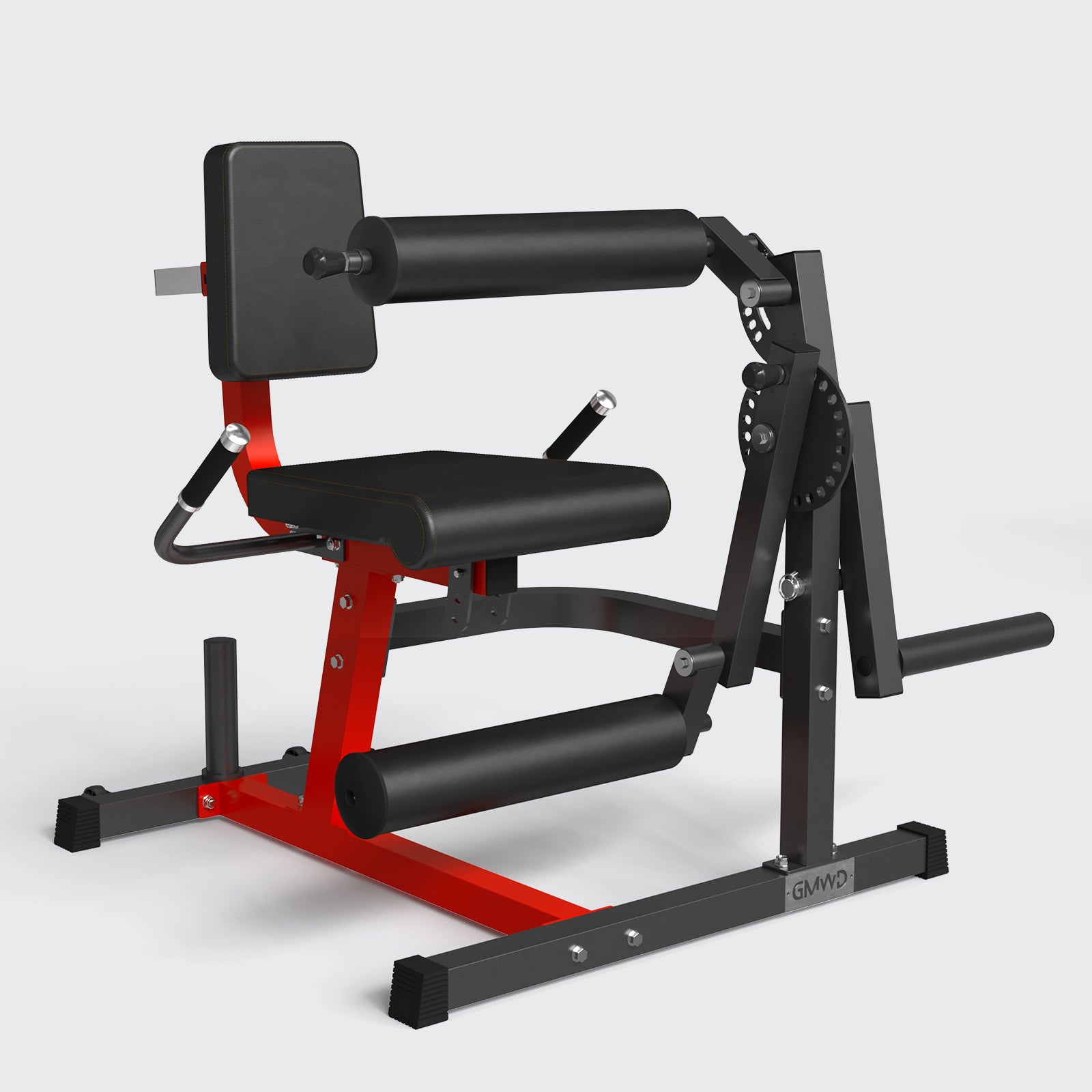
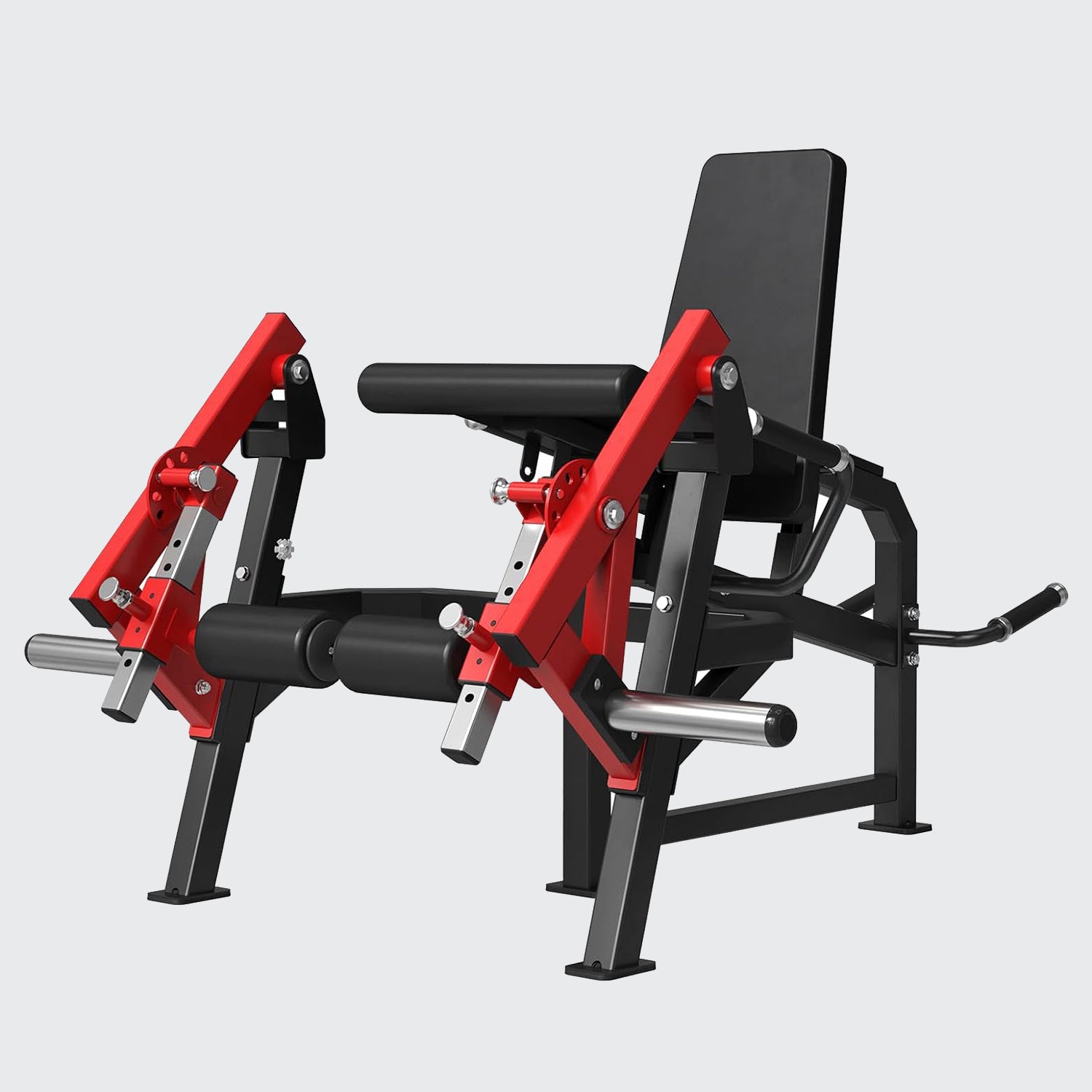
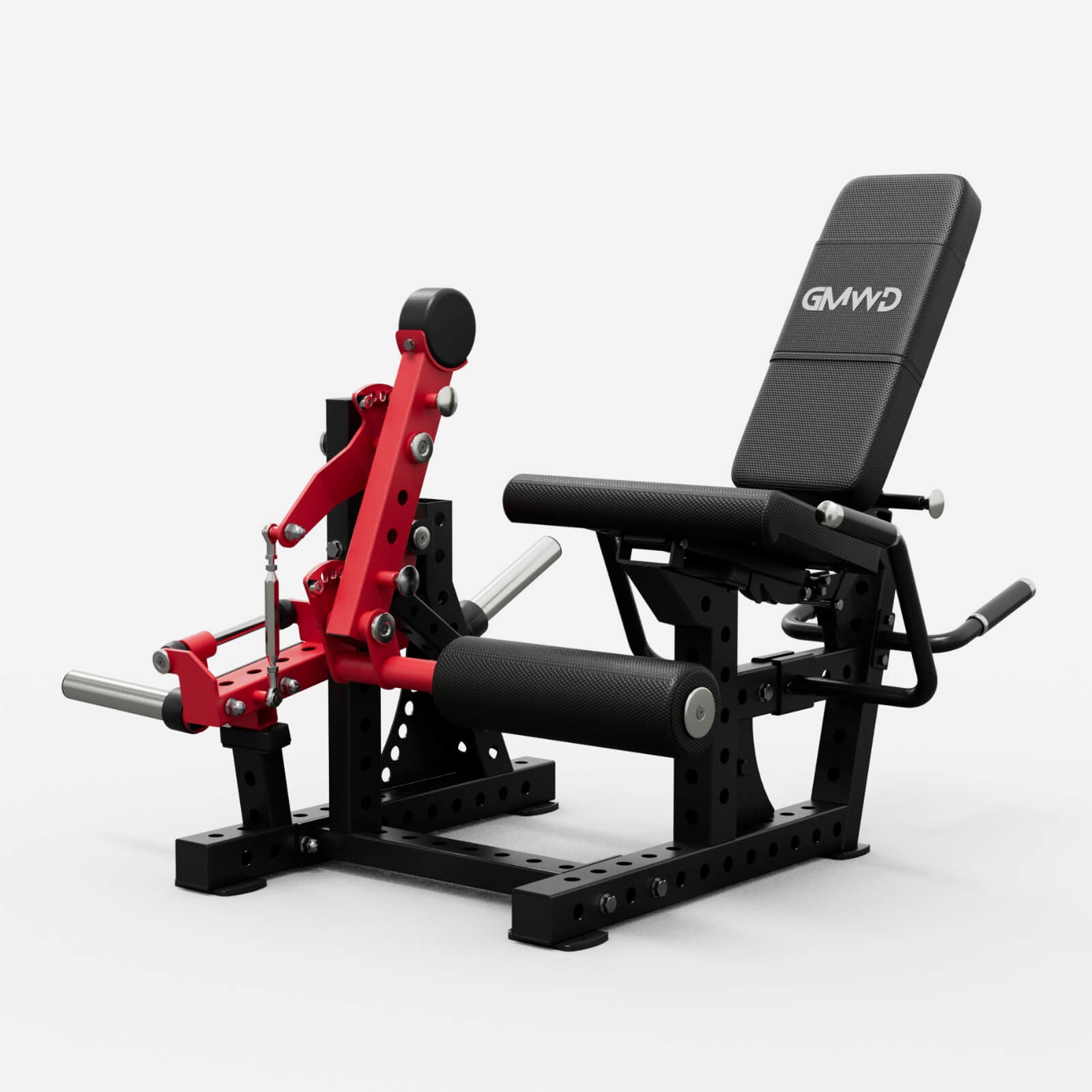
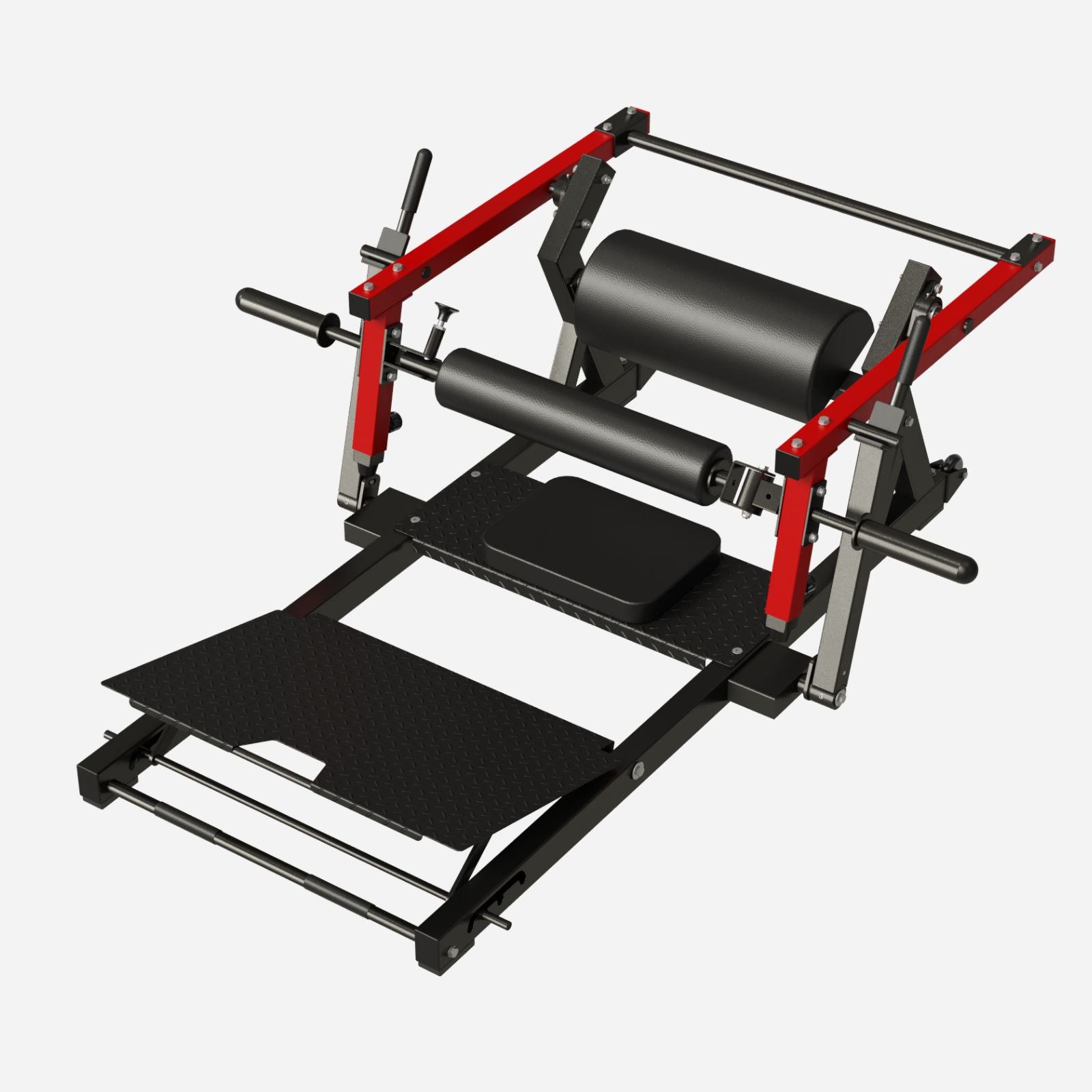
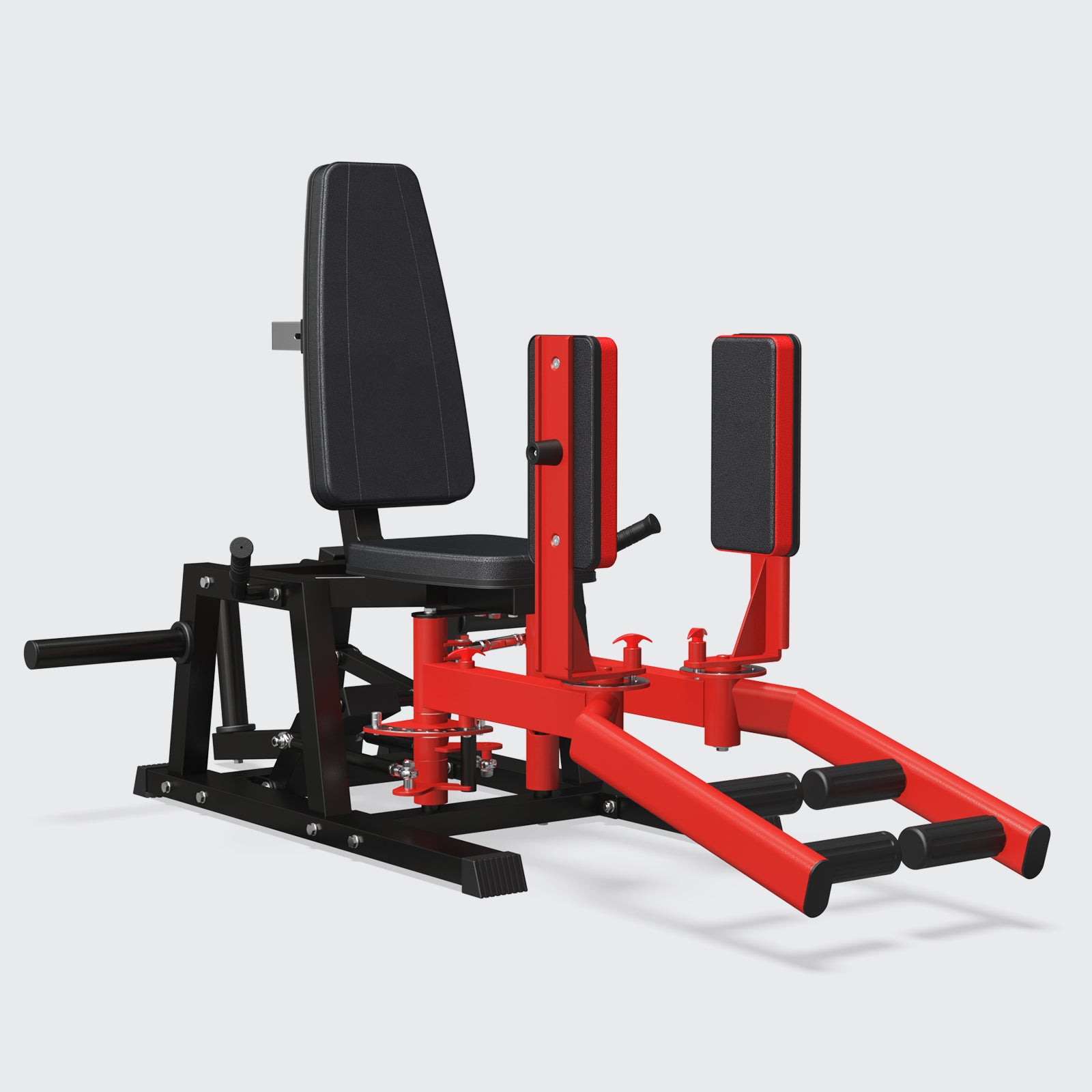
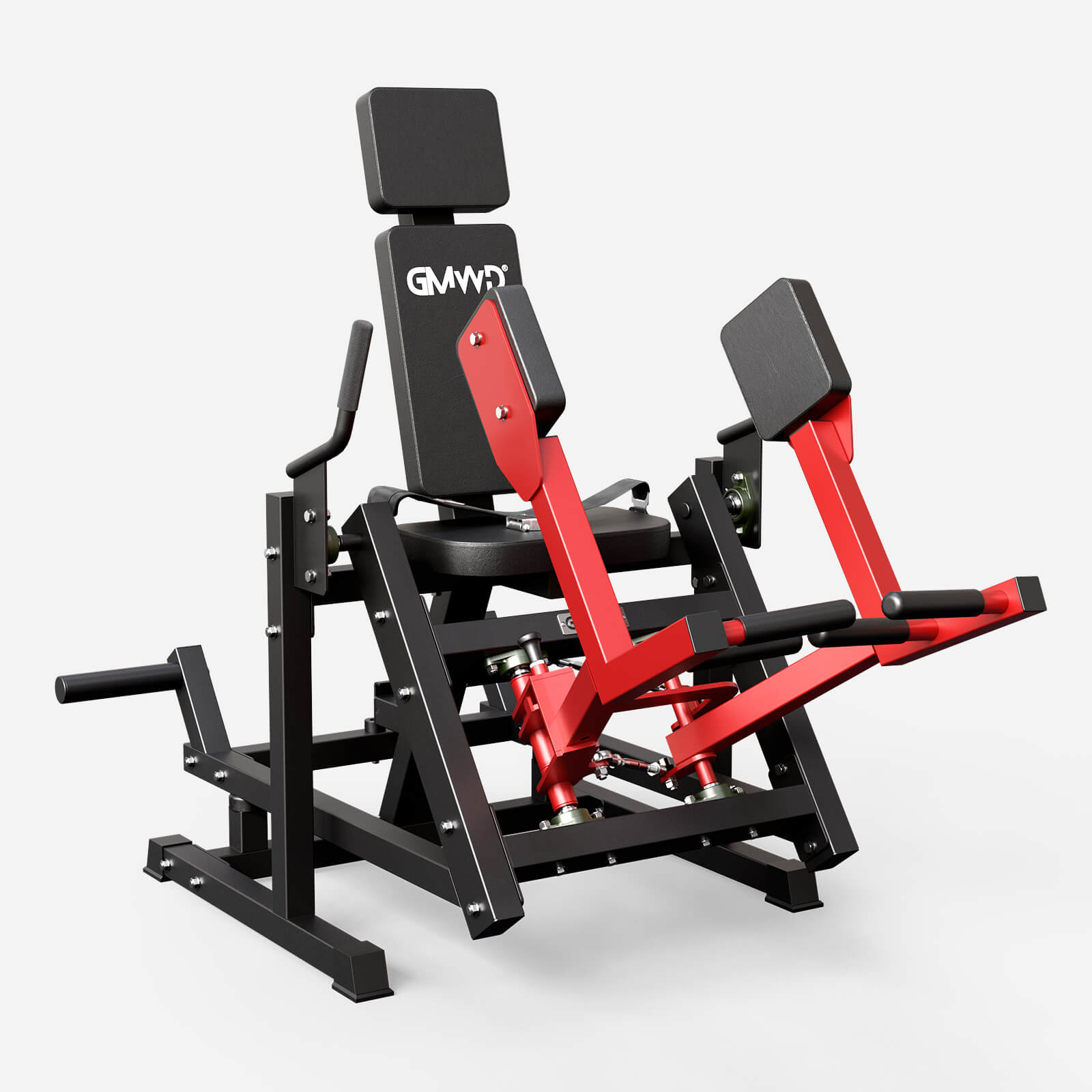
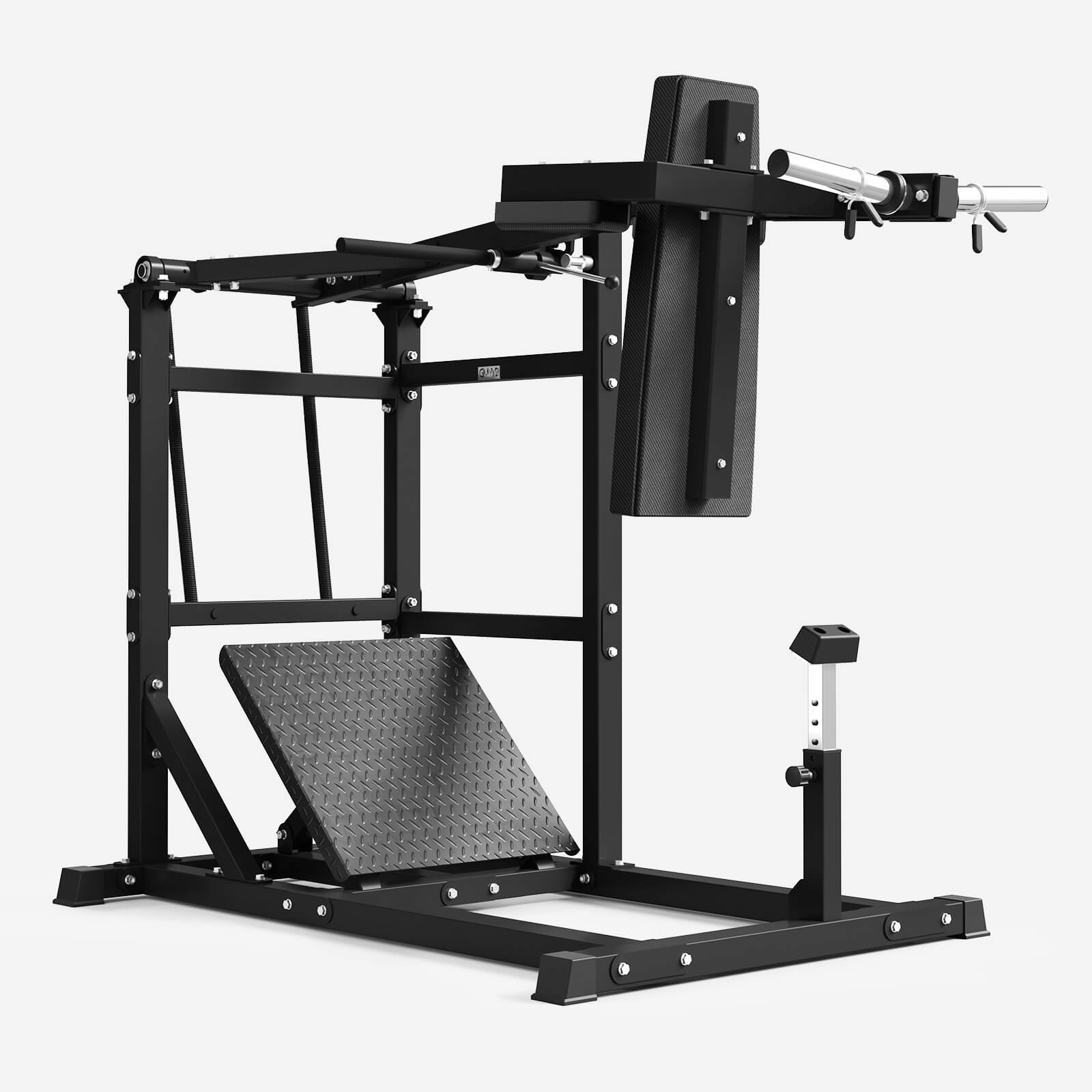
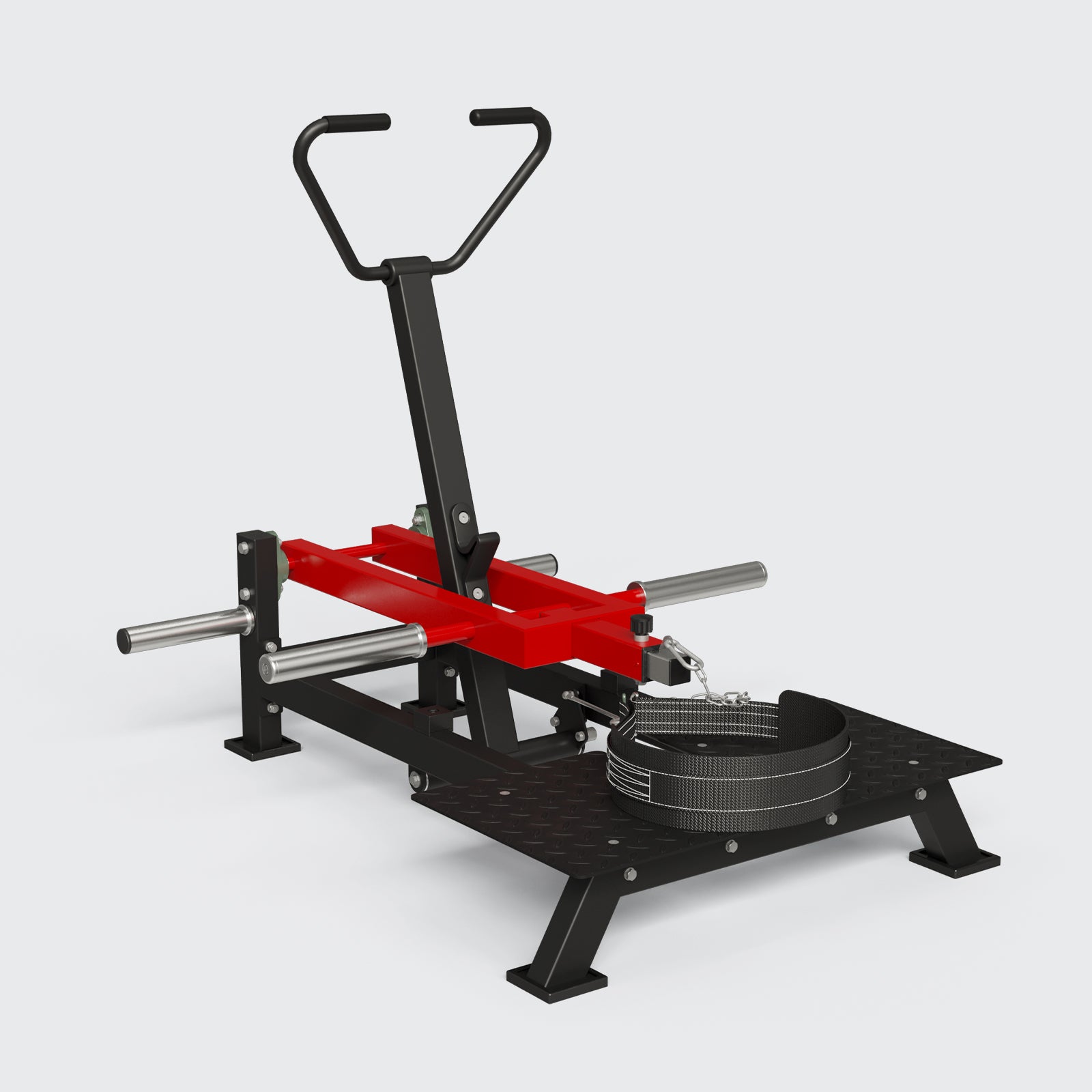
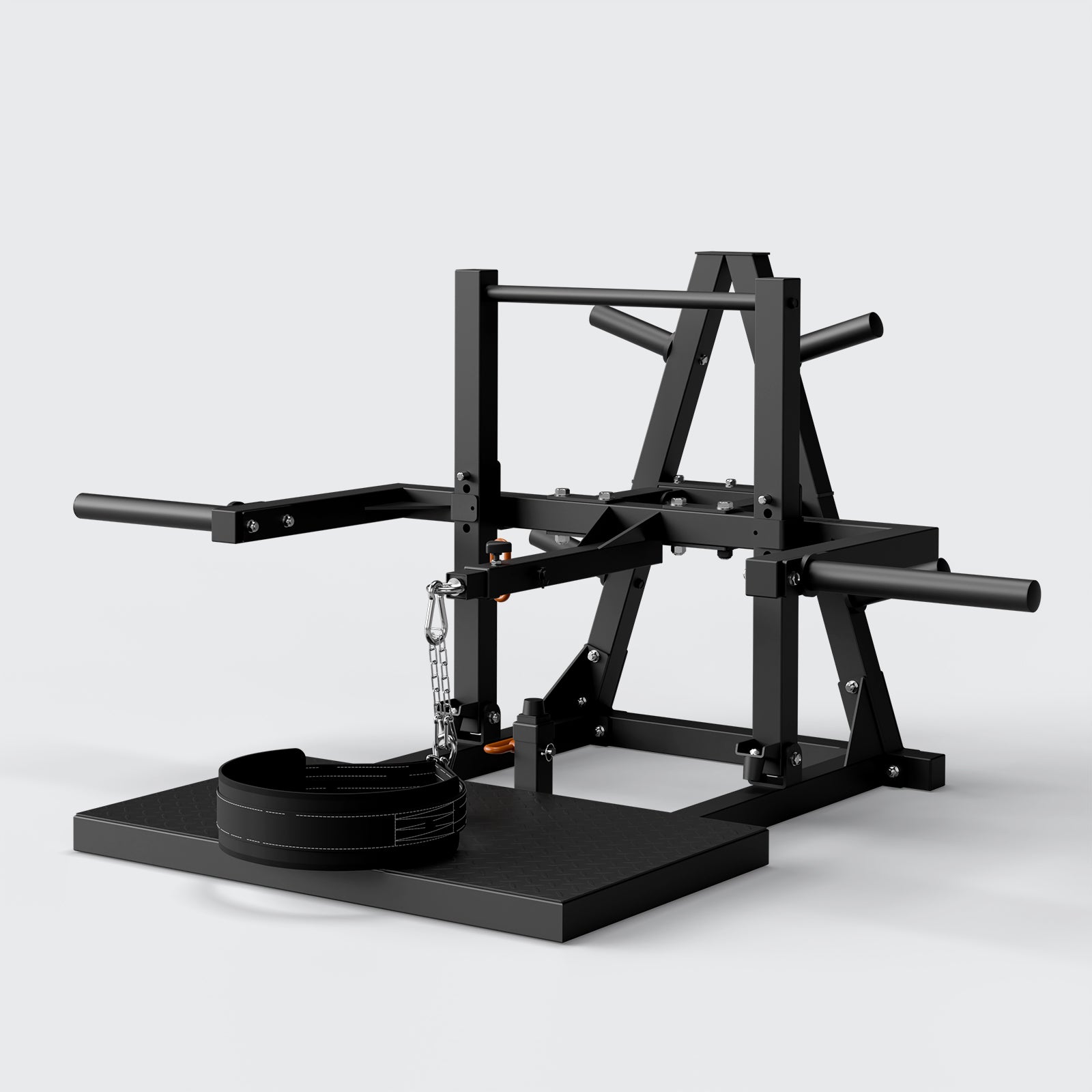
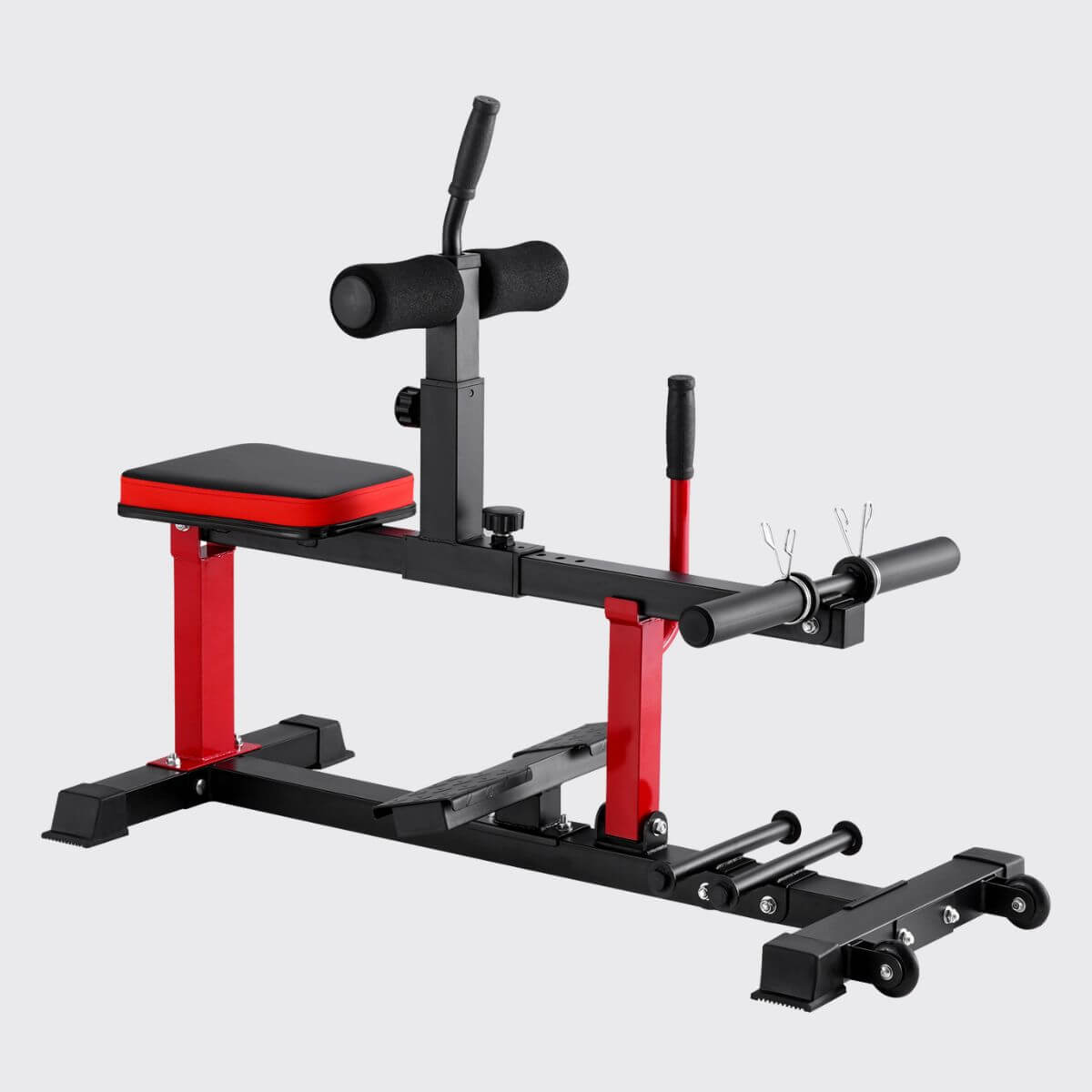
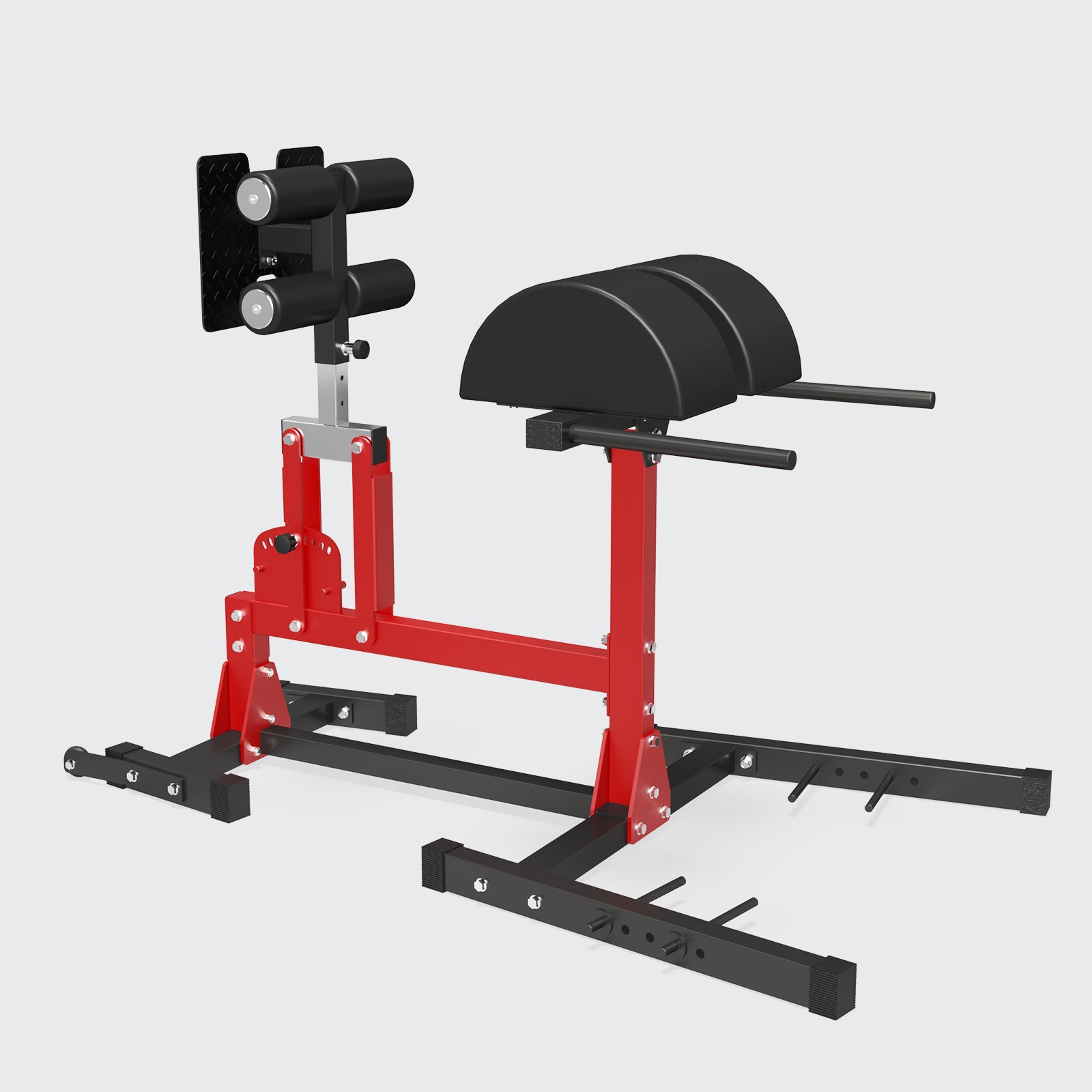
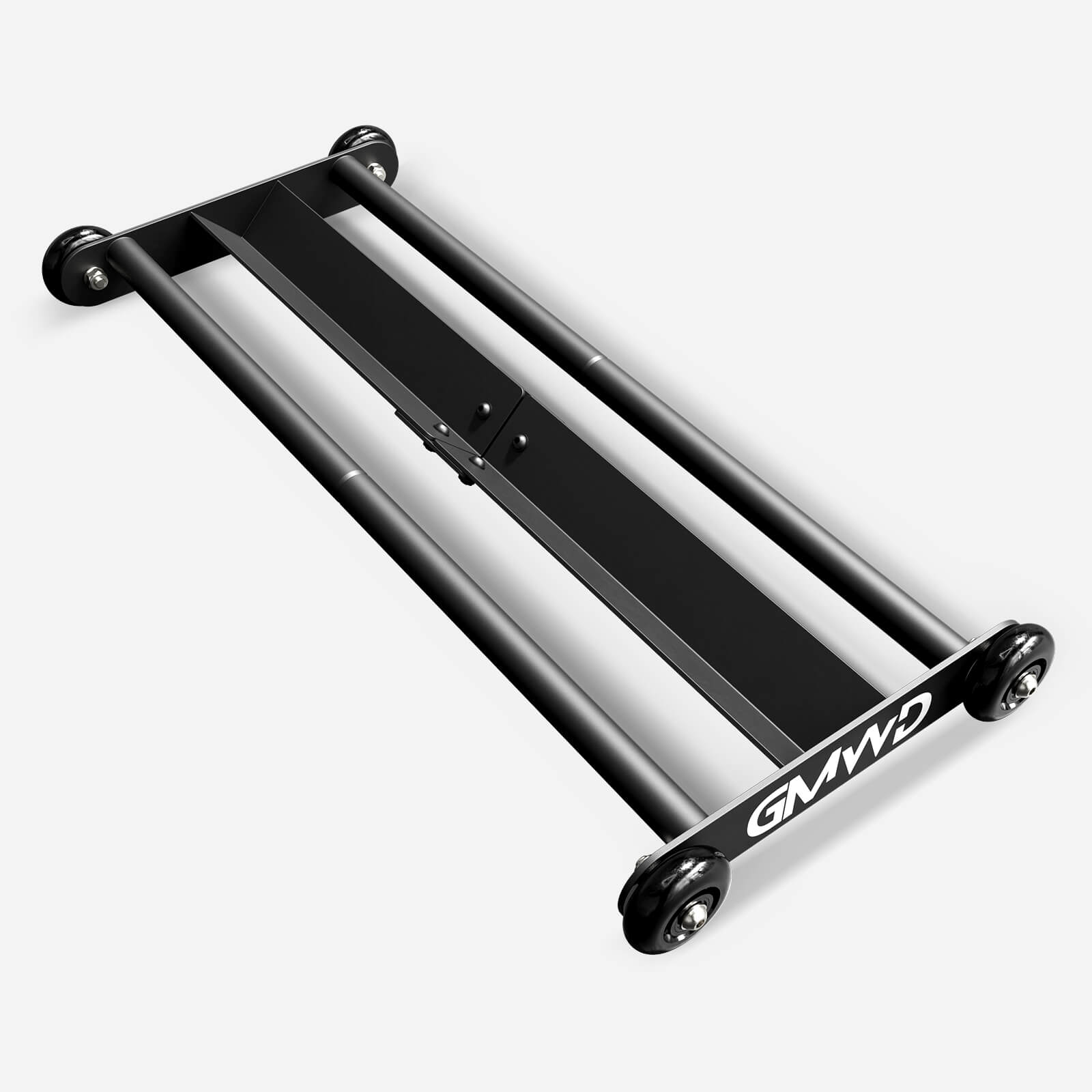
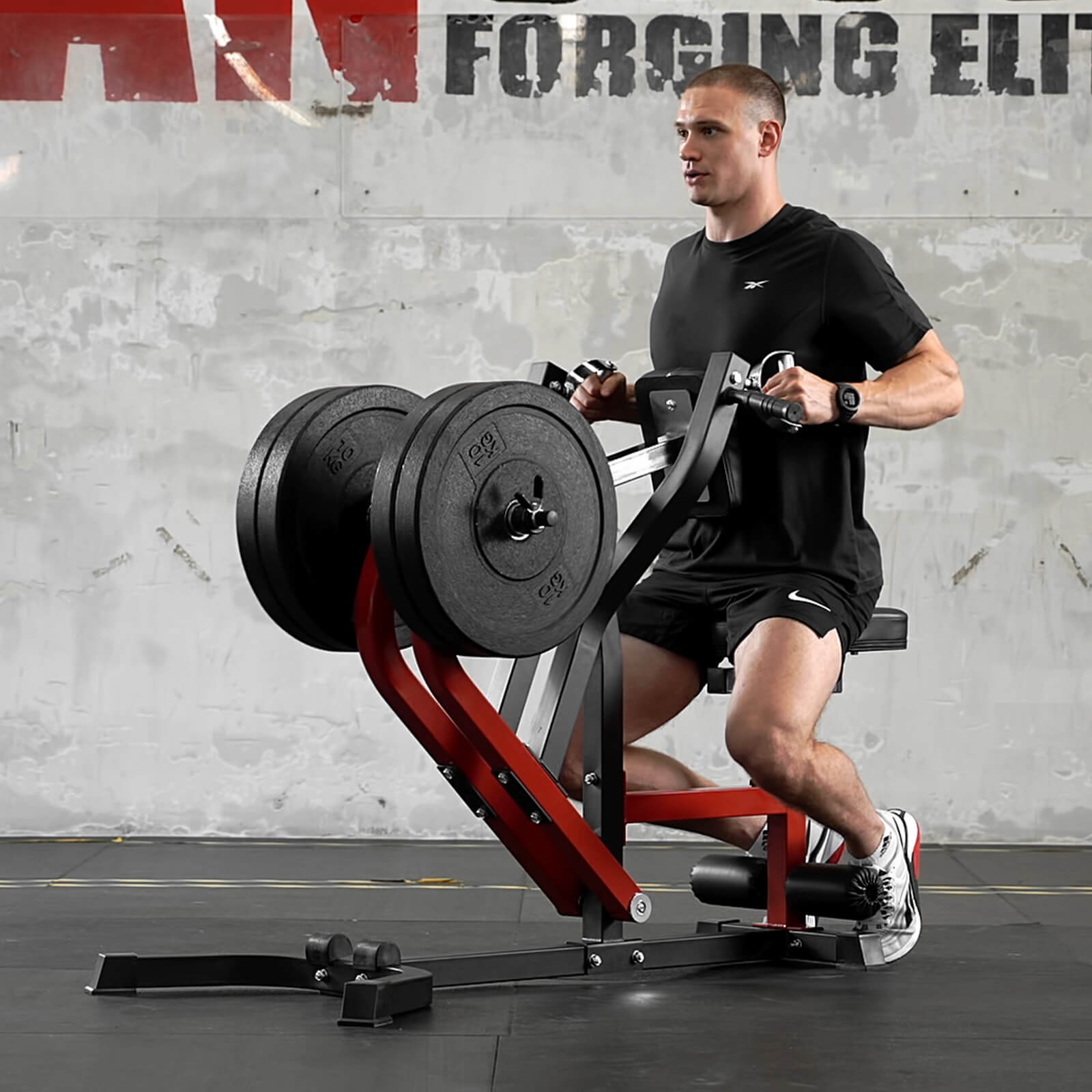
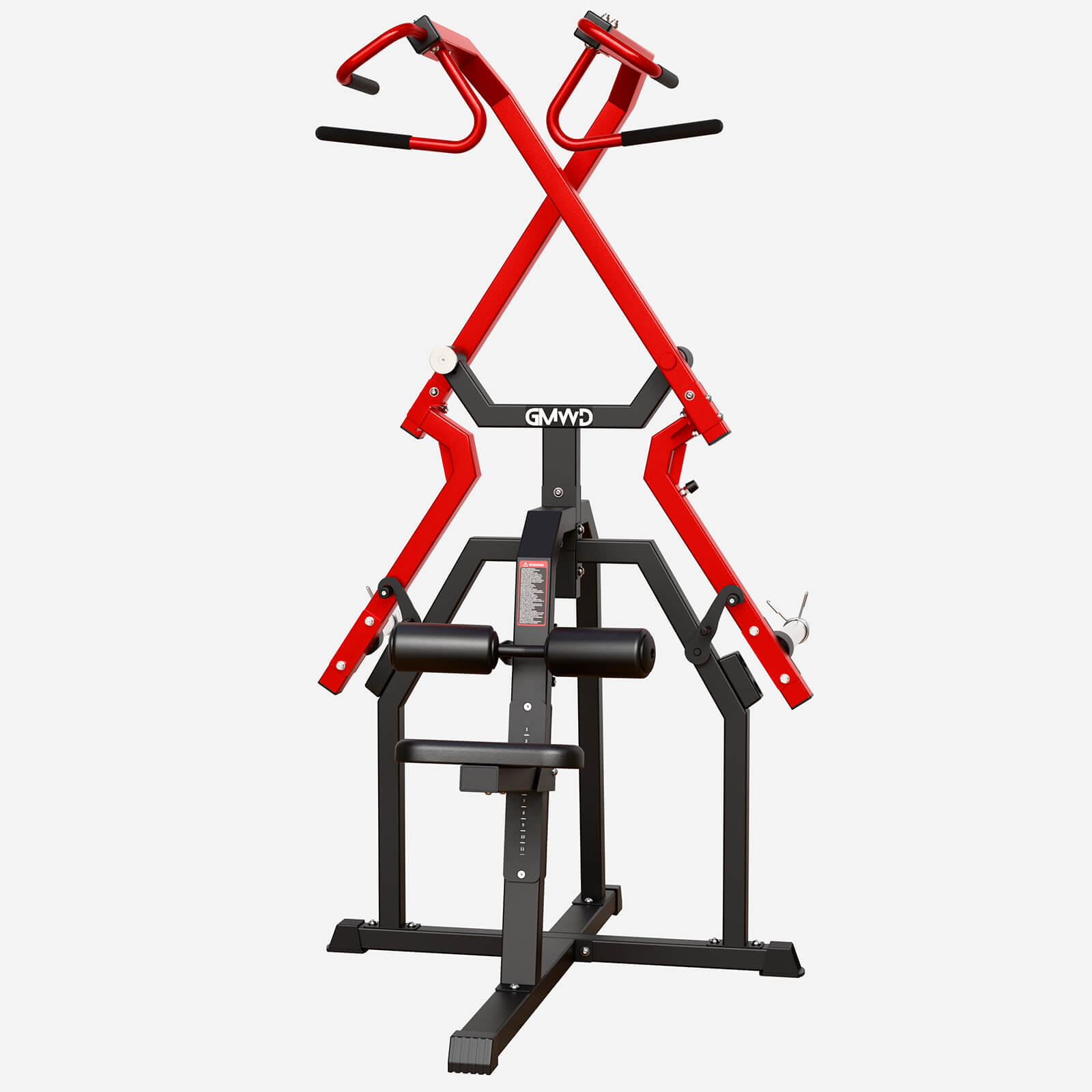
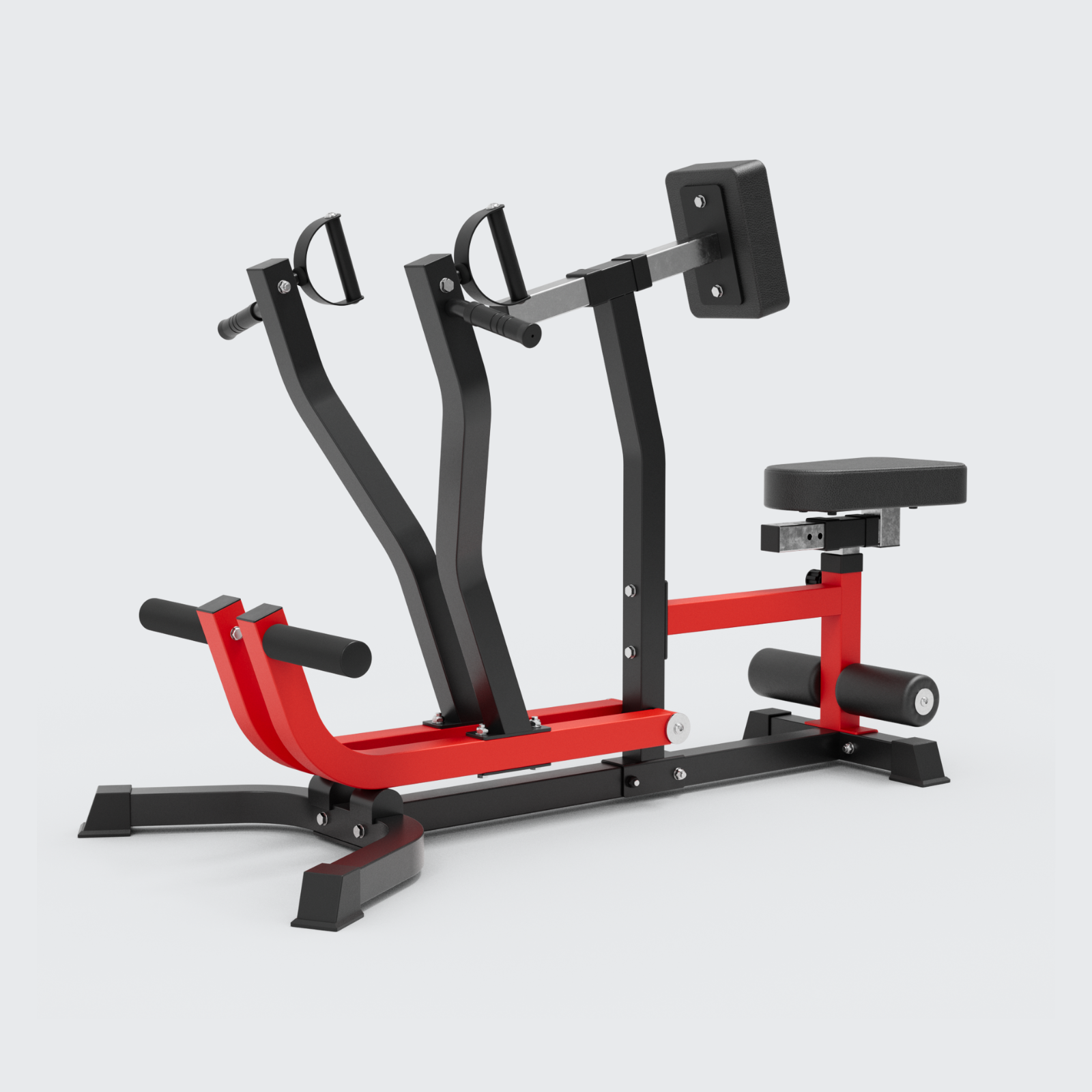
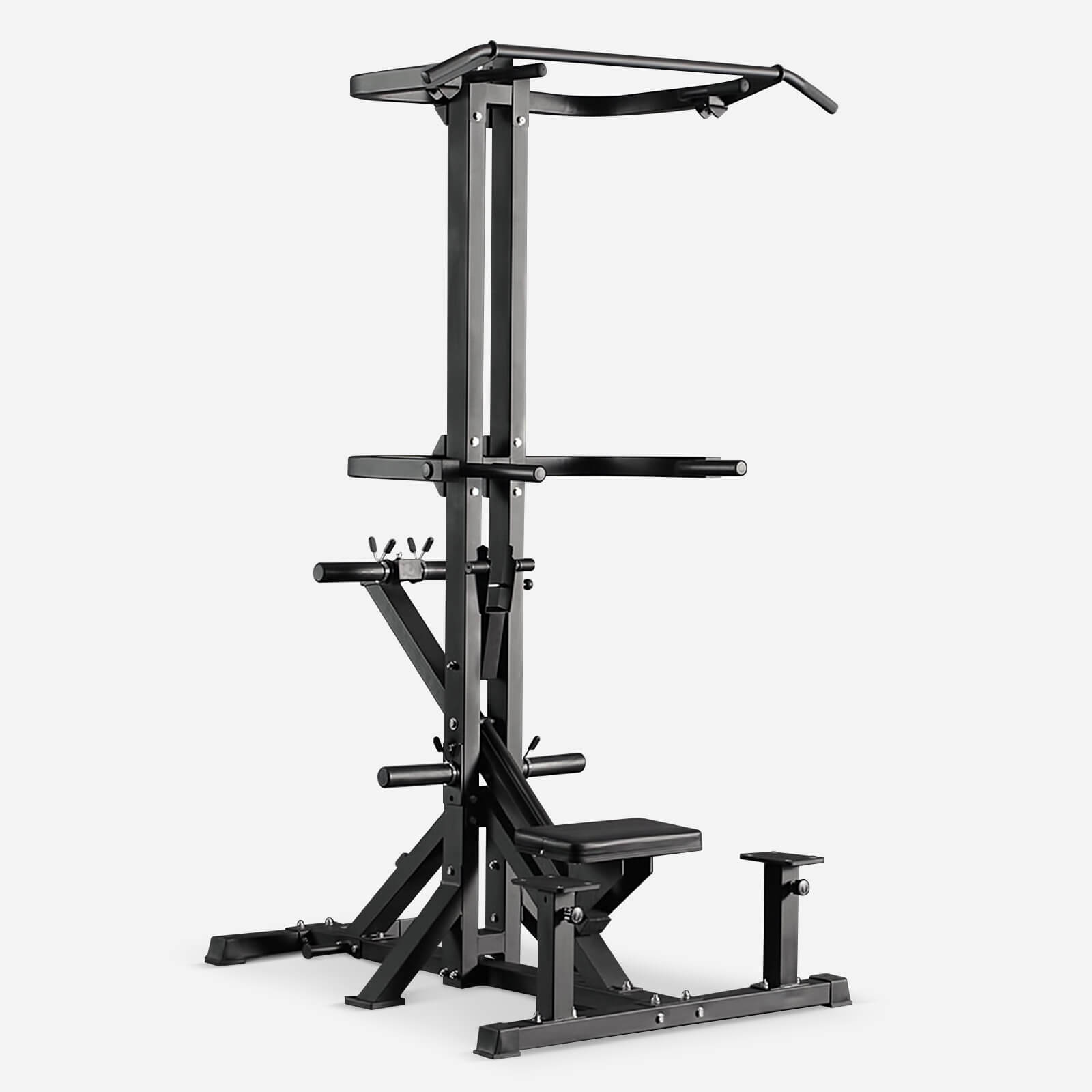

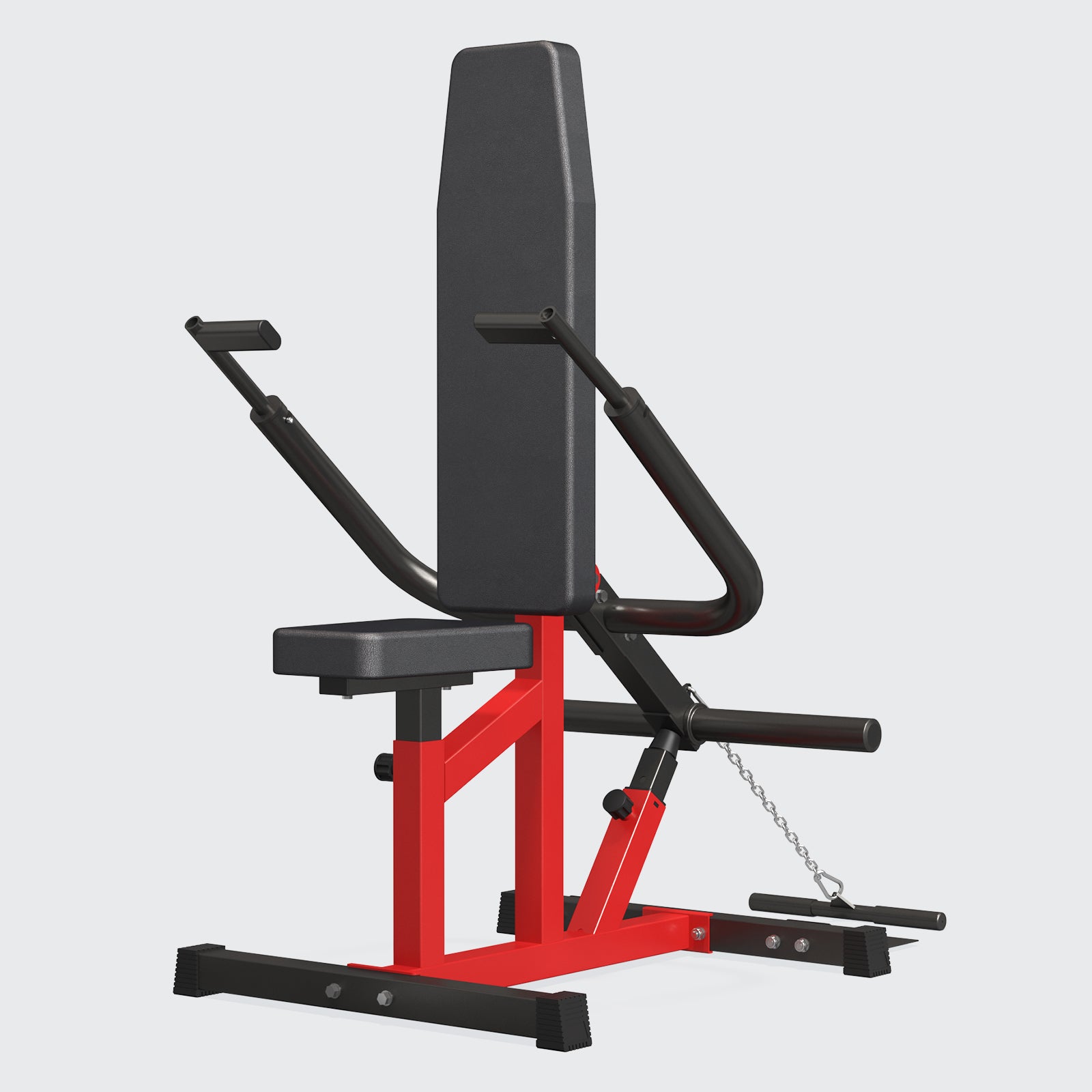
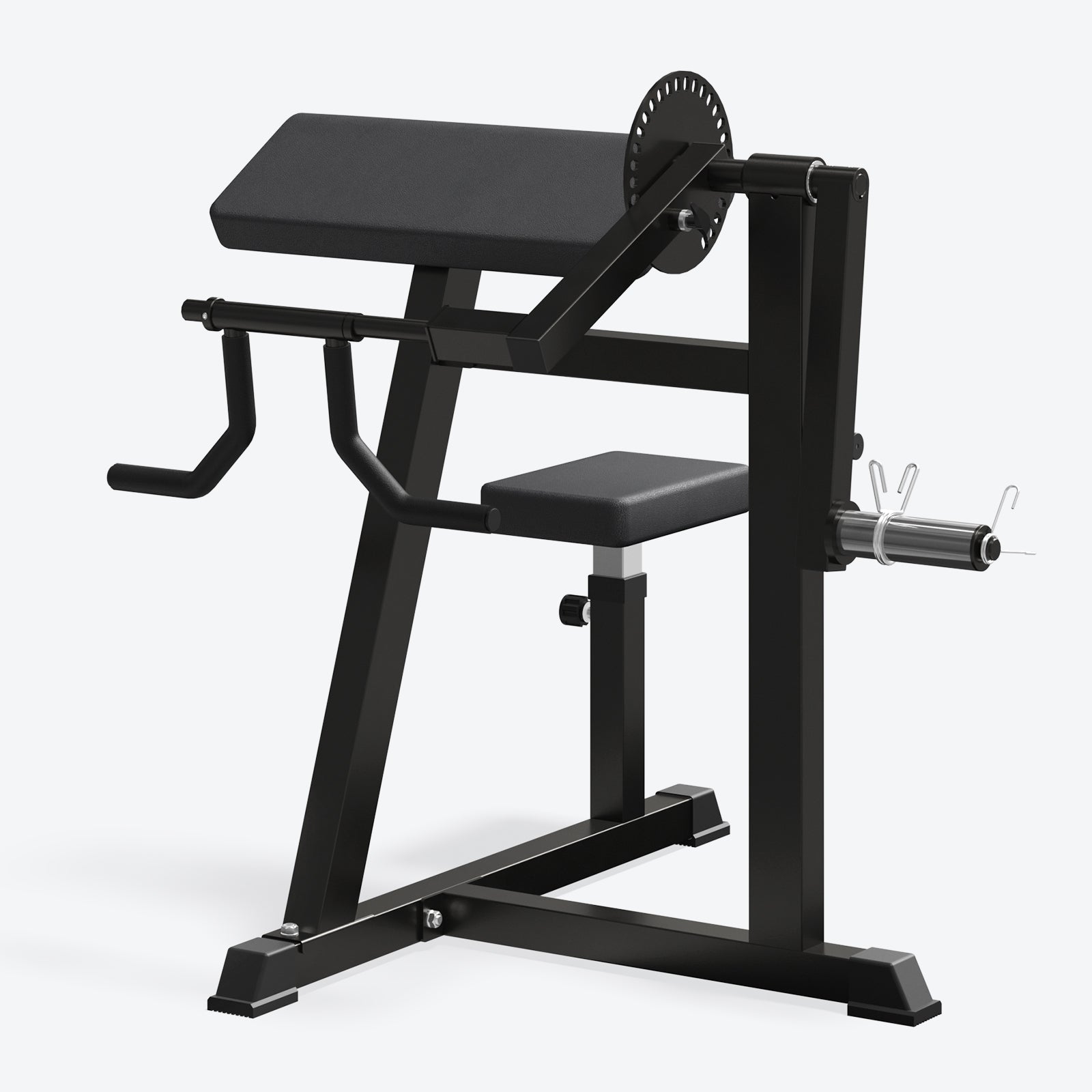
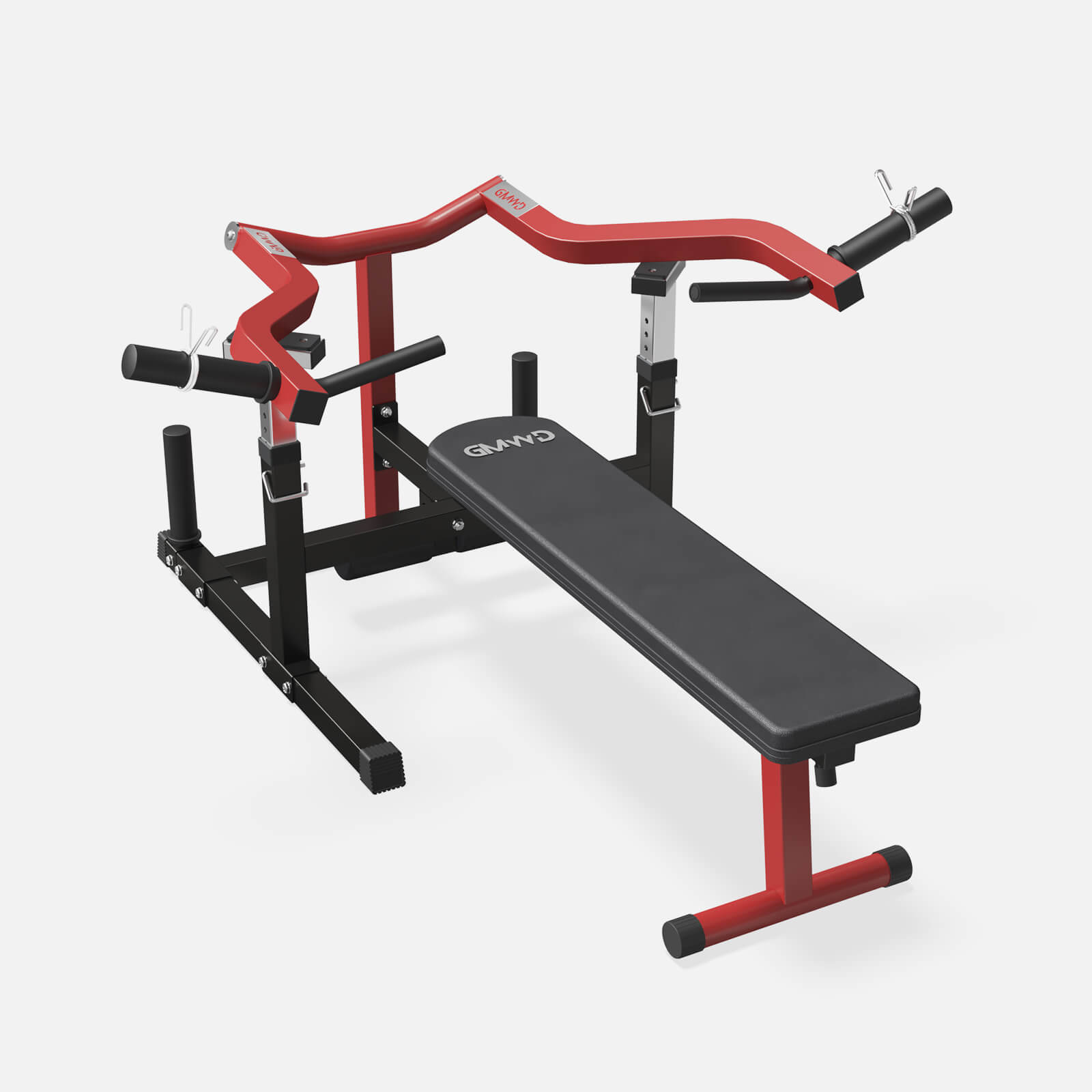
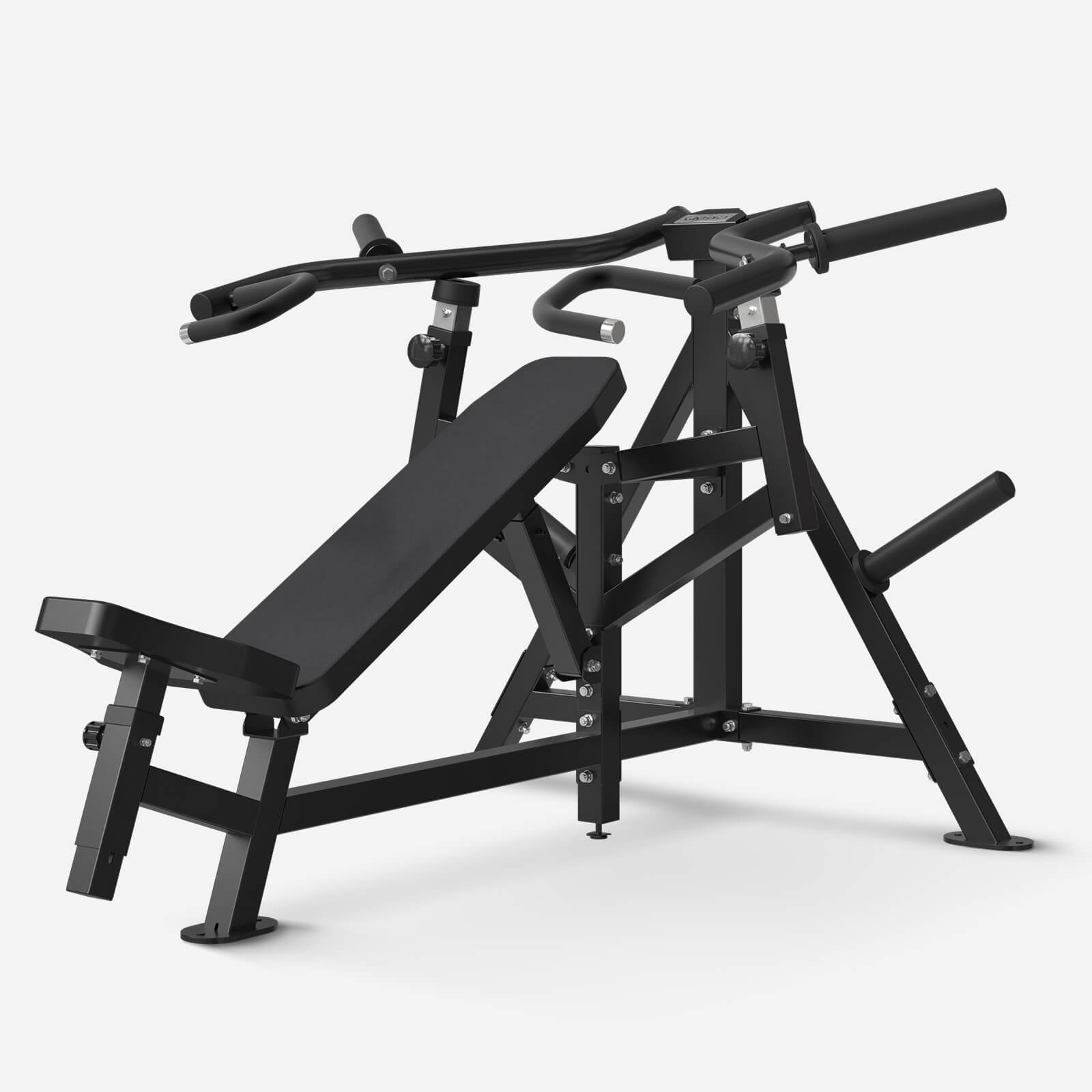
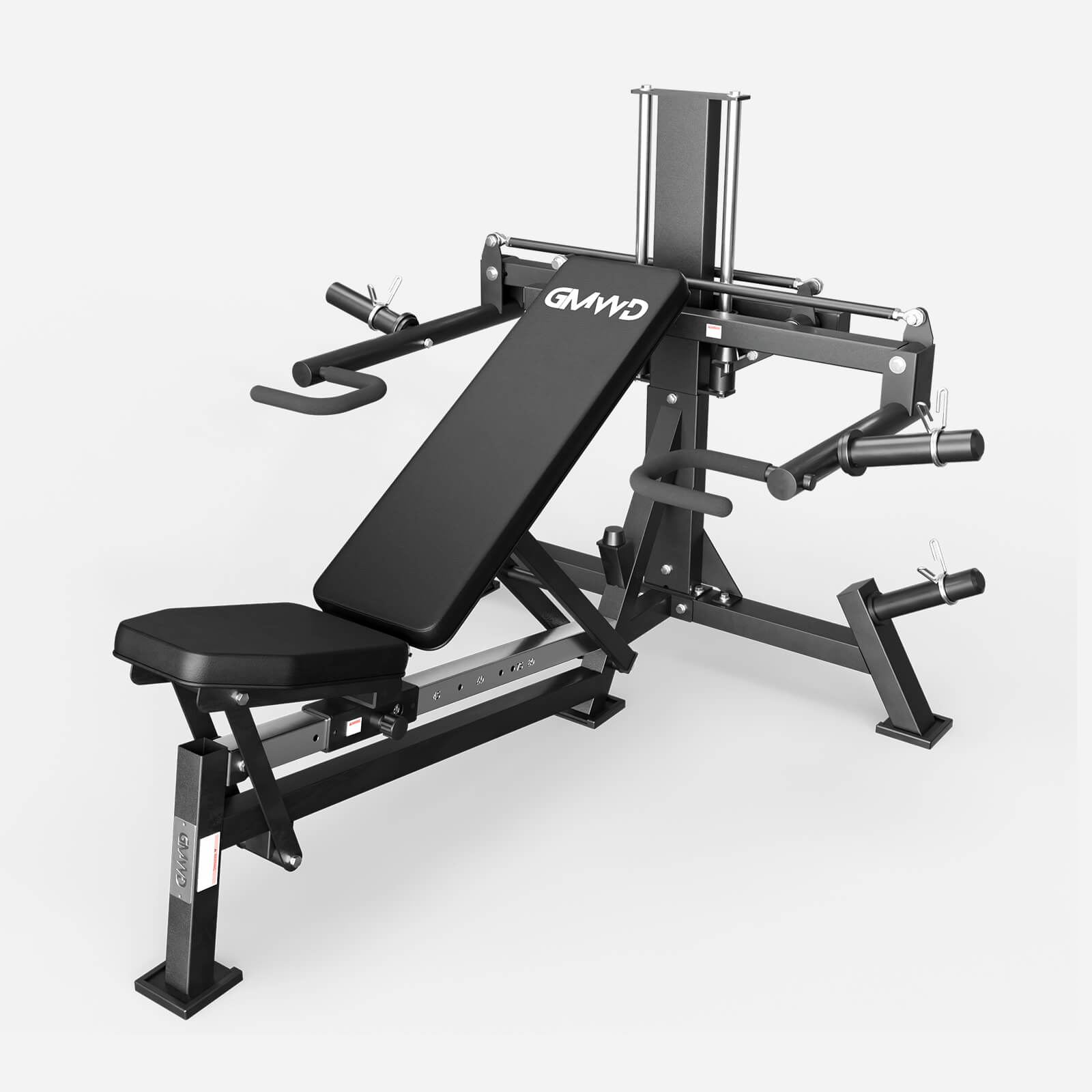
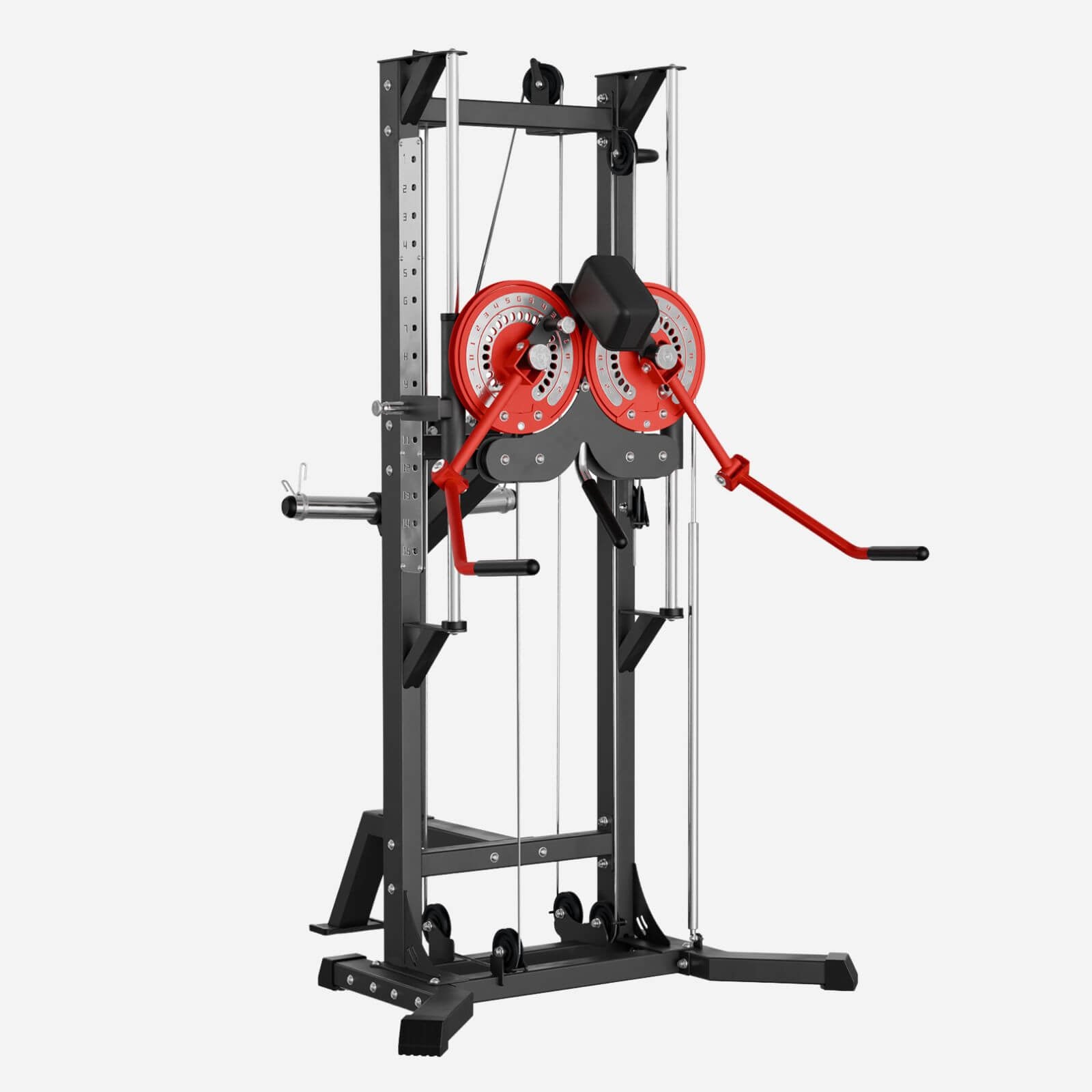
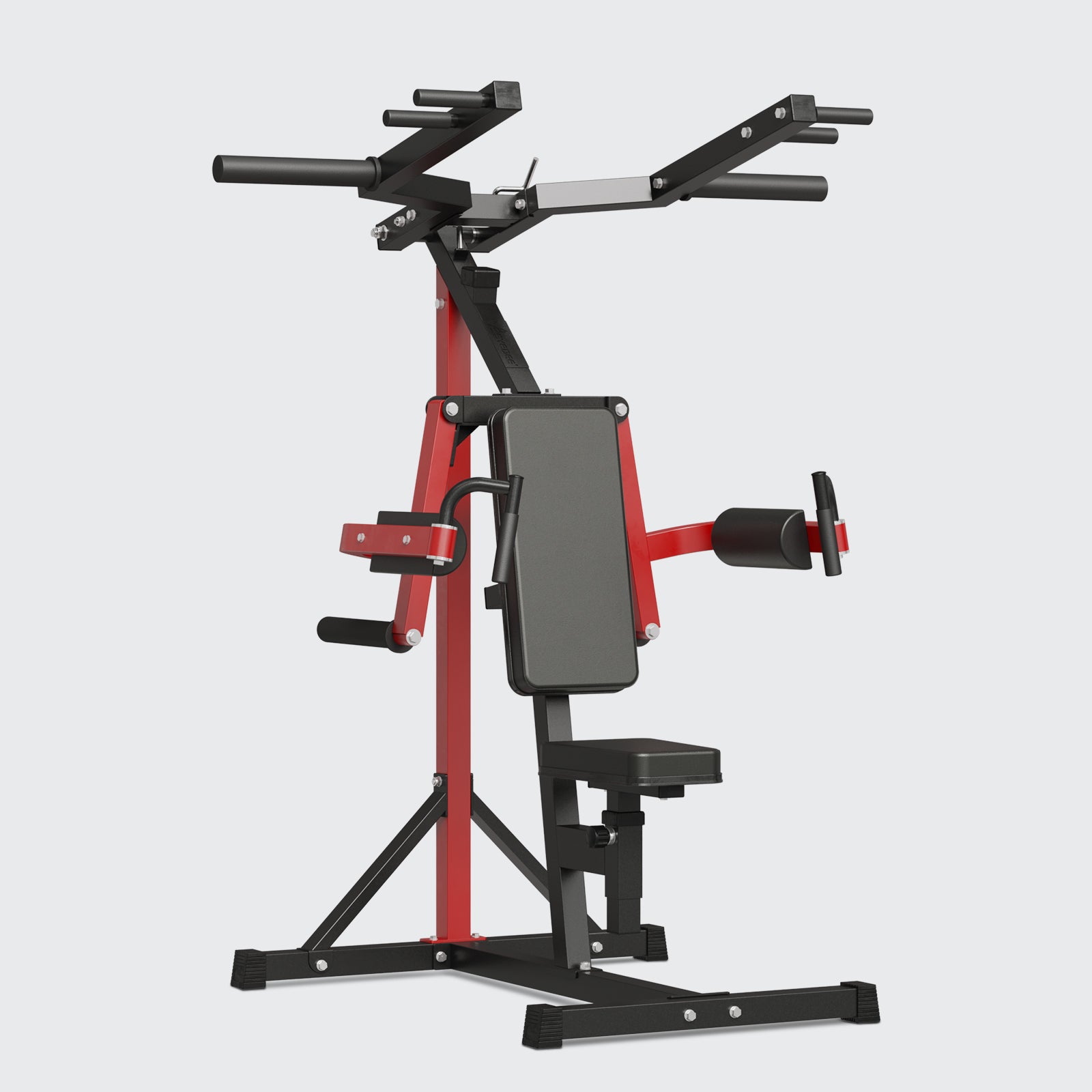
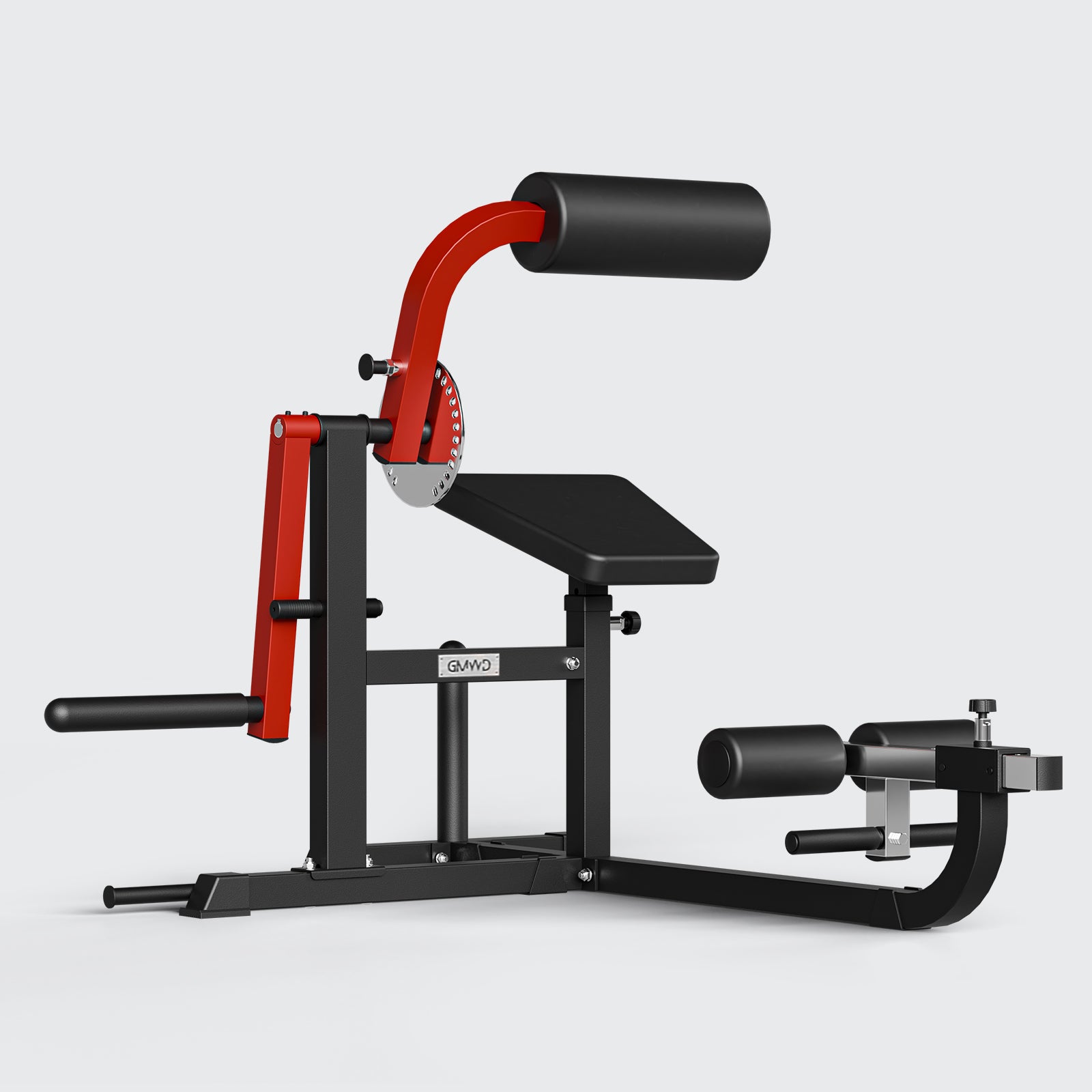
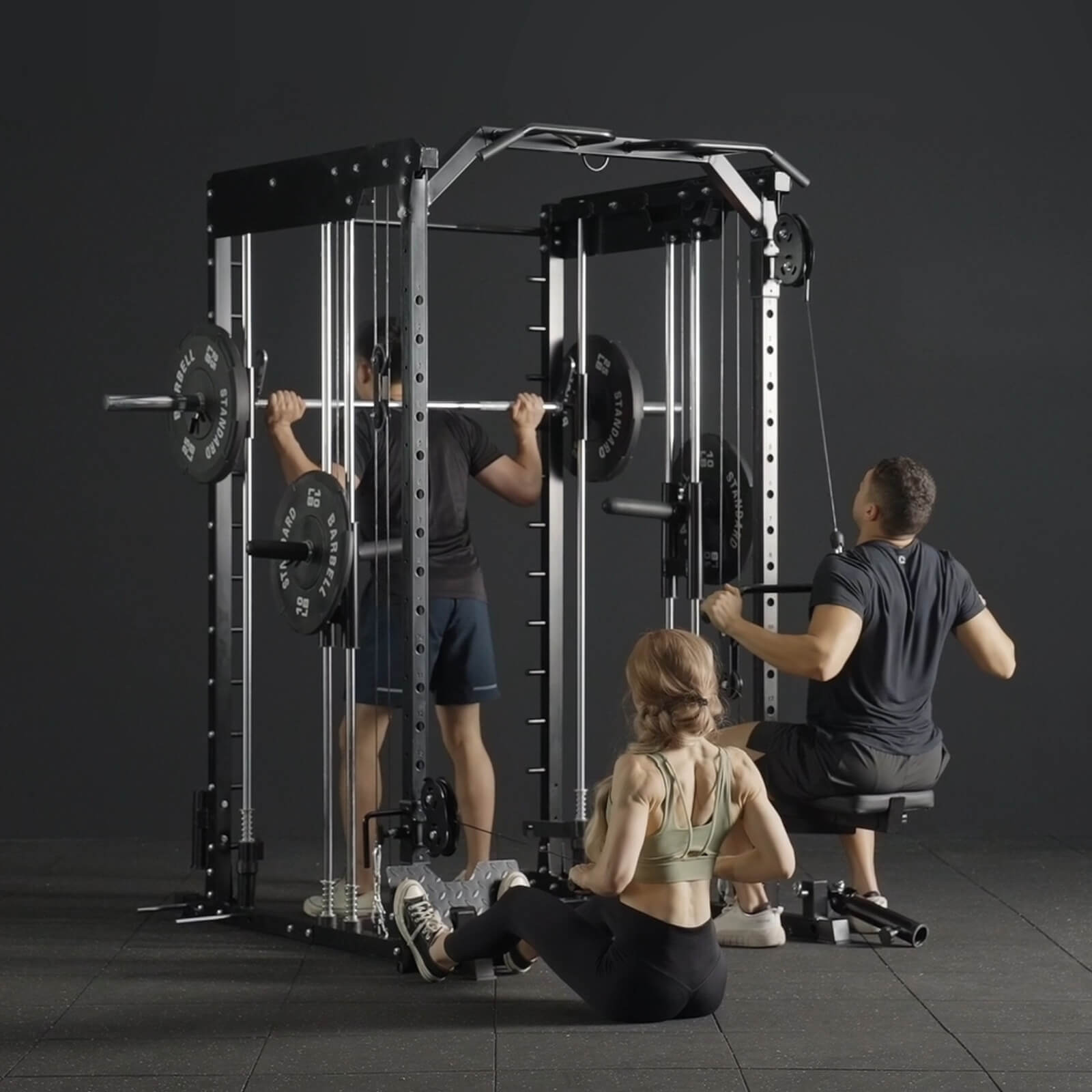
Leave a comment
All comments are moderated before being published.
This site is protected by hCaptcha and the hCaptcha Privacy Policy and Terms of Service apply.